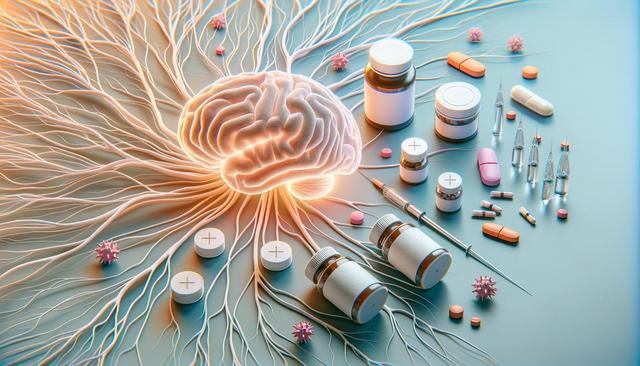Recognizing Tardive Dyskinesia Symptoms
Tardive Dyskinesia (TD) is a condition characterized by involuntary, repetitive body movements that often result from long-term use of certain medications, particularly antipsychotics. Recognizing the symptoms early can be pivotal in managing the condition effectively. Common tardive dyskinesia symptoms include:
- Repetitive facial movements, such as grimacing or frowning
- Rapid blinking and tongue movements
- Uncontrolled arm and leg movements
These symptoms can vary in intensity, often manifesting subtly at first and becoming more pronounced over time. It’s critical to monitor these signs, especially in individuals who have been on prolonged antipsychotic medication regimens, as early intervention can aid in relief and management.
Exploring Treatment Options for Tardive Dyskinesia
When considering how to treat tardive dyskinesia, several options are available that focus on symptom relief and improving quality of life. The first step usually involves evaluating the patient’s current medication regimen, as reducing or switching medications might alleviate symptoms. This decision should be made under the guidance of a healthcare provider to ensure safety and efficacy.
In addition to medication adjustments, other treatments may include:
- Medications specifically approved for TD, which can help reduce symptoms
- Therapeutic interventions, such as physical or occupational therapy, to improve movement control
- Behavioral therapies to manage the psychological impact of the condition
These approaches aim to provide comprehensive care, addressing both the physical and psychological aspects of tardive dyskinesia.
The Role of Lifestyle Modifications
Incorporating lifestyle changes can play a crucial role in managing tardive dyskinesia symptoms effectively. Patients are encouraged to adopt strategies that promote overall well-being and might contribute to symptom relief. Key lifestyle modifications include:
- Maintaining a balanced diet rich in nutrients that support neurological health
- Engaging in regular physical activity to enhance muscle control and reduce stress
- Practicing relaxation techniques, such as yoga or meditation, to alleviate tension and improve mental health
These lifestyle adjustments, combined with medical treatment, can help individuals better manage their condition and improve their quality of life.
Understanding the Psychological Impact
Living with tardive dyskinesia can have significant psychological impacts, affecting self-esteem and social interactions. It is essential for patients and their support networks to understand these challenges and address them proactively. Psychological support can include:
- Individual counseling to help cope with the emotional aspects of the condition
- Support groups where individuals can share experiences and strategies
- Educational programs to inform patients and families about the condition
By addressing the psychological aspects, individuals with tardive dyskinesia can navigate their condition with greater resilience and support.
Monitoring and Ongoing Care
Regular monitoring and ongoing care are vital components of managing tardive dyskinesia effectively. Continuous assessment by healthcare providers allows for timely adjustments to treatment plans, ensuring the best possible outcomes. Patients should maintain open communication with their healthcare teams and report any new or worsening symptoms promptly.
Effective management often involves a multi-disciplinary approach, combining the expertise of neurologists, psychiatrists, and therapists to provide comprehensive care tailored to individual needs.
Conclusion
Tardive Dyskinesia requires a careful and informed approach to treatment, focusing on both symptom relief and quality of life. By understanding the symptoms and exploring various treatment options, including lifestyle changes and psychological support, individuals can better manage their condition. Continuous monitoring and open communication with healthcare providers are key to ensuring effective and adaptive care, ultimately enhancing the overall well-being of those affected by tardive dyskinesia.
